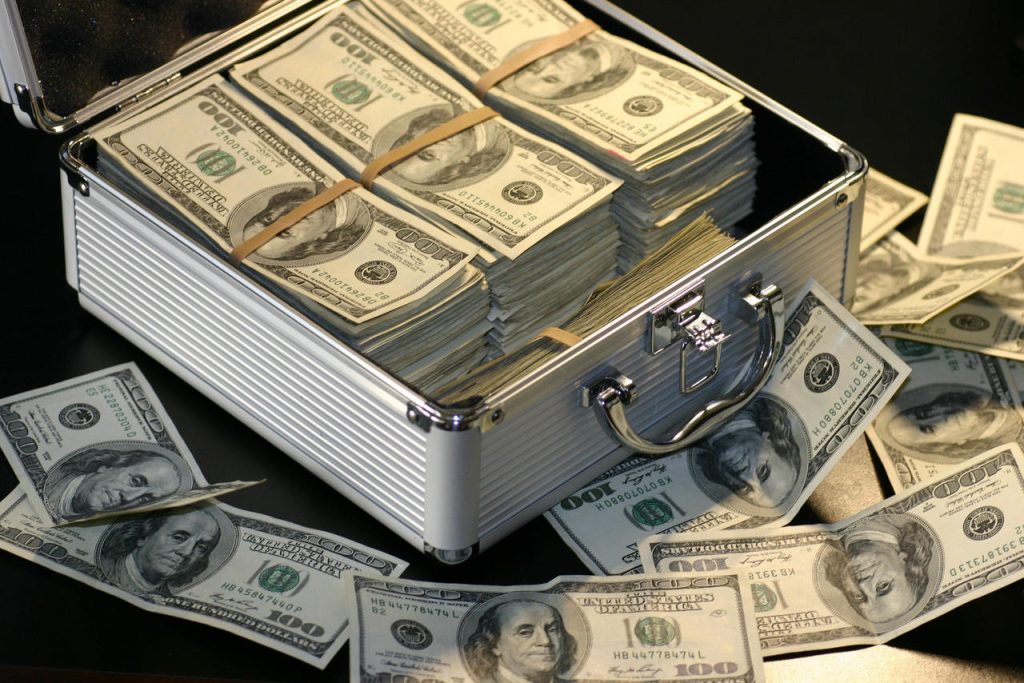How Authorities Track Counterfeit Money Operations

Counterfeiting money has been a persistent issue for economies worldwide, undermining the trust in financial systems and causing significant economic harm. Authorities use a combination of advanced technologies, interagency collaboration, and robust legal system to track and you can to visit this site to buy counterfeit money. Understanding these methods can highlight the complexity and diligence required to combat this pervasive crime.
Technological Tools
Modern technology plays a crucial role in tracking counterfeit money operations. Authorities employ high-resolution scanners, forensic analysis, and digital imaging techniques to detect counterfeit notes. These tools help identify inconsistencies in paper quality, printing techniques, and security features such as watermarks, holograms, and security threads. For instance, ultraviolet light is used to reveal embedded security features invisible to the naked eye, while infrared spectroscopy can detect the specific chemical compositions of inks and papers used in genuine currency.
Additionally, authorities use database systems to track serial numbers on currency notes. When counterfeit notes are detected, their serial numbers are recorded and shared across financial institutions and law enforcement agencies. This data helps map the distribution patterns of counterfeit currency, identifying potential sources and hotspots for further investigation.

Interagency Collaboration
Effective counterfeiting operations often involve collaboration between multiple agencies. National and international bodies, such as the Secret Service in the United States, Europol in Europe, and Interpol globally, work together to share intelligence and coordinate efforts. These agencies often conduct joint operations, combining resources and expertise to dismantle counterfeiting rings.
For example, international task forces may track the movement of counterfeit currency across borders, leading to coordinated raids and arrests. Collaborative efforts extend to working with private sector entities like banks and businesses, training them to identify counterfeit notes and report suspicious activities promptly.
Legal Frameworks and Law Enforcement
Robust legal frameworks are essential in the fight against counterfeit money operations. Laws and regulations provide the basis for prosecuting offenders, with severe penalties designed to deter counterfeiting. They also engage in public awareness campaigns to educate the public about the risks and signs of counterfeit money, encouraging prompt reporting and cooperation.
Tracking and dismantling counterfeit money operations require a multifaceted approach involving advanced technology, interagency collaboration, and stringent legal measures. You can visit the site to buy counterfeit money from counterfeiting networks. Authorities leverage sophisticated tools to detect counterfeit notes, collaborate across borders to share intelligence, and enforce robust legal frameworks to prosecute offenders. Public awareness and cooperation also play a vital role in ensuring the effectiveness of these efforts. As counterfeiters continuously evolve their techniques, authorities must remain vigilant and adaptive, employing innovative strategies to safeguard the integrity of financial systems and maintain public trust.







